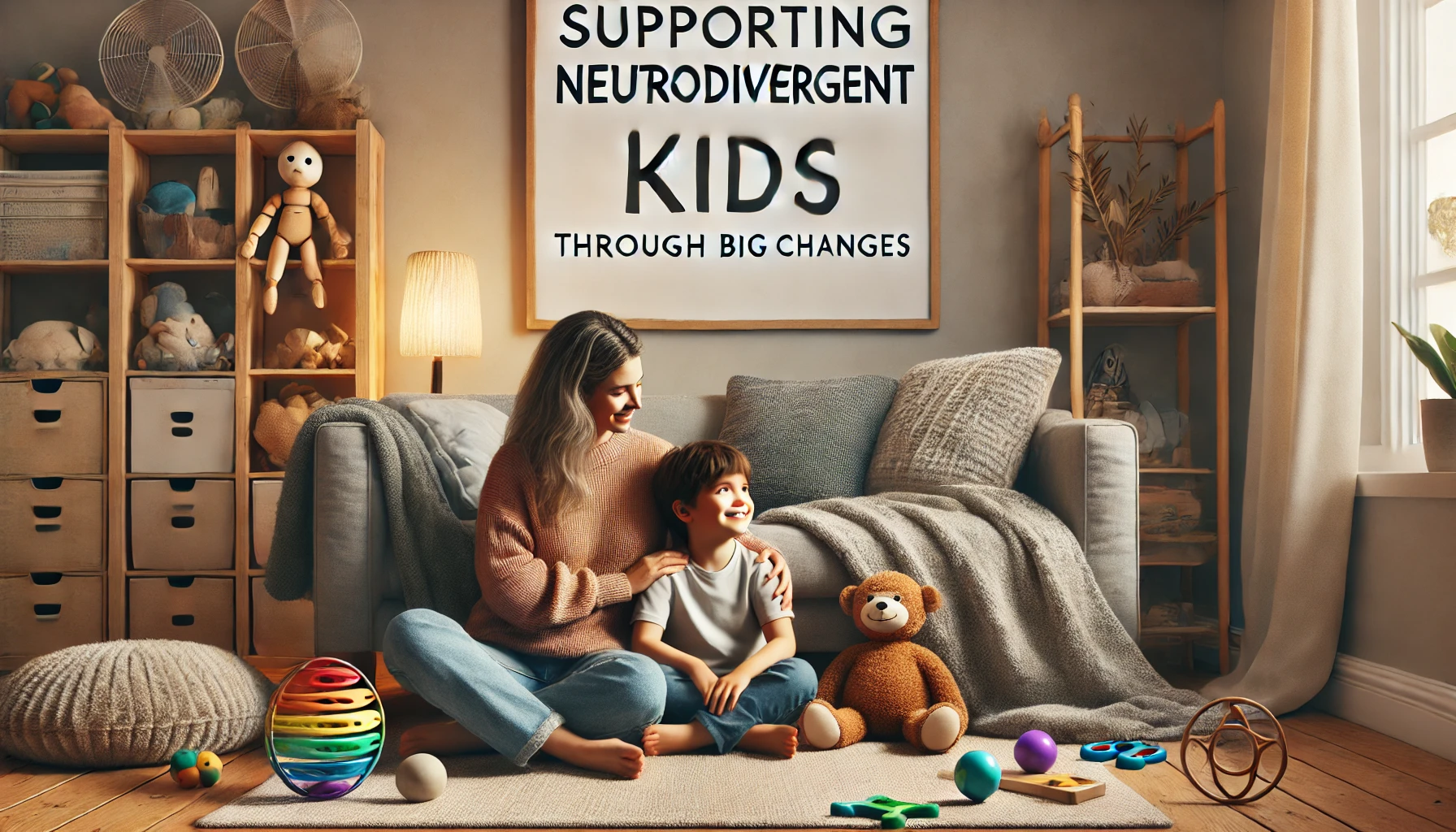How to Help Kids with ADHD and Autism Cope with Change

Feeling lost? Watching your amazing child, brilliant in their own way, struggle can be heart-wrenching. Children with ADHD and autism process the world differently, and sometimes, even the smallest changes can trigger meltdowns, anxiety, or withdrawal. If your child with ADHD or autism faces a new school year, a different teacher, or any significant change, it can lead to weeks of tearful mornings and constant worry.
But here’s the good news: there is hope. There are proven strategies and techniques that can help your child navigate changes with more confidence and less stress. This article explores effective ways to support your child through transitions, providing practical tips you can try at home.
Create a visual schedule together: Pictures or simple drawings can help your child anticipate the day’s events, reducing anxiety about the unknown.
Calm Down Zones: Designate a quiet corner in your home where your child can go when feeling overwhelmed. Equip it with sensory tools (weighted blanket, fidgets, soft textures), calming music, or their favorite plushie.
Role-Playing Practice: Act out potentially stressful scenarios beforehand. Let your child practice what they might say or how they can handle the situation – this builds confidence for the real thing.
Mindfulness Exercises: Simple breathing exercises or focusing on the senses (what do I hear? what do I see?) can help ground your child when emotions are overwhelming.
Therapists specializing in adjustment and trauma issues with neurodivergent children can help you and your child:
- Understand the unique ways your child experiences change and trauma.
- Develop coping mechanisms to manage stress and anxiety.
- Build resilience and confidence to navigate new situations.
- Foster open communication and emotional expression.
Don’t let change hold your child back from thriving.
FAQ: Supporting Children with ADHD and Autism Through Transitions
How can I create a visual schedule to help my child with ADHD or autism cope with change? Creating a visual schedule involves using pictures or simple drawings to outline daily events and routines. This can help reduce anxiety about the unknown by providing a clear and predictable structure. You can use charts, calendars, or apps designed for children with special needs to make this process engaging and effective.
What are some effective sensory tools for a calm down zone? Effective sensory tools for a calm down zone include weighted blankets, fidget toys, soft textures, calming music, and favorite plushies. These items can help your child self-regulate and manage sensory overload by providing comfort and reducing anxiety.
How can role-playing practice help my child with transitions? Role-playing practice allows your child to rehearse potentially stressful scenarios in a safe environment. By acting out what they might say or do, your child can build confidence and reduce anxiety when faced with similar situations in real life. This technique is especially useful for preparing for changes like starting a new school year or meeting new people.
What mindfulness exercises are beneficial for children with ADHD and autism? Beneficial mindfulness exercises include simple breathing techniques, such as deep breathing or counting breaths, and sensory grounding exercises like focusing on what they can see, hear, or feel. These practices help children stay present and manage overwhelming emotions.
How can I collaborate with my child’s teacher to support their transition? Effective collaboration with your child’s teacher involves regular communication, sharing successful strategies used at home, and discussing any specific needs or triggers your child may have. Providing the teacher with a detailed “About Me” letter can also be helpful, outlining your child’s strengths, challenges, and coping mechanisms.
What professional support is available for children struggling with change? Professional support can include therapy from specialists in adjustment and trauma issues, occupational therapy for sensory processing difficulties, and behavioral therapy to develop coping mechanisms. These professionals can work with both the child and the family to create a supportive environment that fosters resilience and confidence.
Why do children with ADHD and autism struggle with change? Children with ADHD and autism often have difficulty with executive functioning skills, such as planning, organizing, and adapting to new situations. Changes can disrupt their routine and predictability, leading to increased anxiety, meltdowns, and withdrawal. Understanding these challenges can help in developing effective strategies to support them.
What is an effective strategy to manage meltdowns during transitions? An effective strategy to manage meltdowns includes identifying triggers, creating a calm down zone with sensory tools, using visual schedules to provide predictability, and practicing mindfulness exercises. Additionally, maintaining a consistent routine and preparing your child in advance for any changes can help reduce the frequency and intensity of meltdowns.
Implementing these strategies can significantly help children with ADHD and autism manage changes and transitions with more confidence and less stress. For further assistance and professional guidance, contact us today for a free call!
Reach out to start
your healing journey today.
